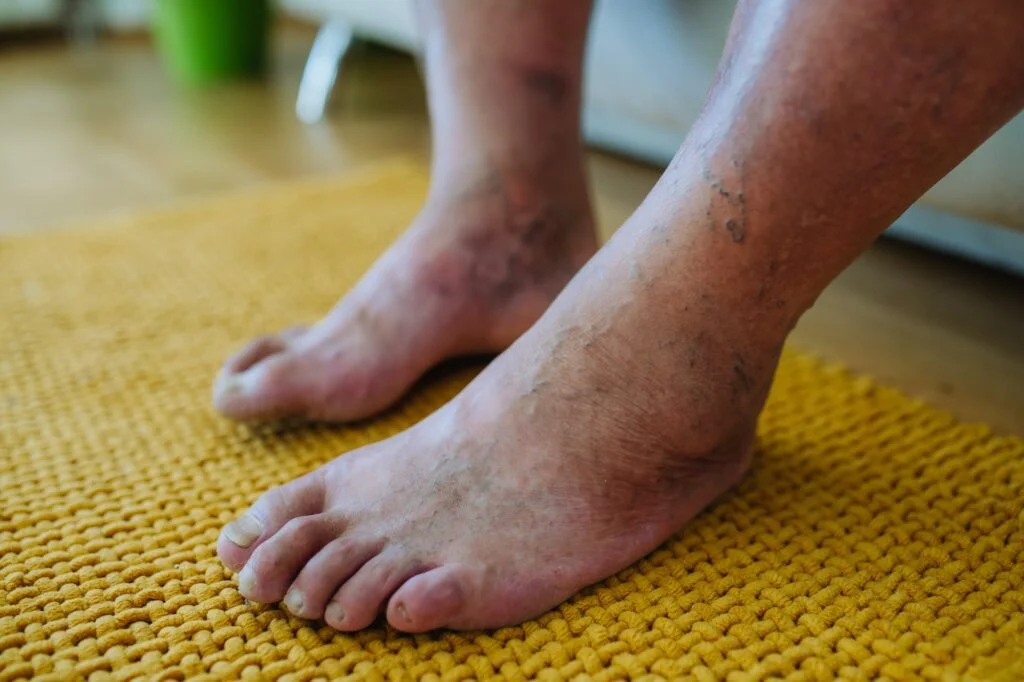Table of Contents
Foot Ulcer Treatment in the Salt Lake City area of Utah
Foot Ulcer FAQs
What are foot ulcers?
Foot ulcers are slow-healing wounds that occur because of underlying medical conditions like poor circulation or diabetes. Without early intervention and treatment, foot ulcers increase the risk of more serious issues like infection, gangrene, or amputation.
If you have one or more wounds on either of your feet and they don’t respond to at-home treatments like bandages and antibiotic ointments, make an appointment at Advanced Foot & Ankle Center right away.
What causes foot ulcers?
Advanced Foot & Ankle Center specializes in the treatment of foot ulcers caused by:
- Venous insufficiency
- Clotting disorders
- Diabetes
- High blood pressure
- Kidney failure
- Lymphedema (swelling in the legs and feet)
- Heart disease
- Infections
You might also experience a foot ulcer if you smoke or smoked in the past.
What are the types of foot ulcers?
Advanced Foot & Ankle Center treats several types of foot ulcers, including:
Venous stasis ulcers
Venous stasis ulcers usually form just above the ankles. They’re red and covered in yellow, fibrous tissue. These ulcers are especially common in people with varicose veins, leg swelling, and blood clots.
Neurotrophic ulcers
Neurotrophic ulcers occur as a result of unmanaged diabetes. They can form anywhere but are especially common on the balls and soles of the feet. These ulcers are pink, red, or brown and occur alongside symptoms like tingling, numbness, or burning.
Arterial ulcers
Arterial ulcers form because of poor circulation. They typically develop on the heels or between the toes and are brown, grey, or black. Arterial ulcers don’t bleed, but they’re incredibly painful, especially after periods of sitting or lying down.
How are foot ulcers diagnosed?
To diagnose foot ulcers, your Advanced Foot & Ankle Center provider reviews your medical history and asks about your symptoms.
Then, they examine your wounds carefully to assess the size and type, and to determine the best course of treatment. Your provider might also order lab tests, X-rays, or an MRI.
How are foot ulcers treated?
At Advanced Foot & Ankle Center, the team boasts years of experience diagnosing and treating foot ulcers. Using advanced methods of care, they can relieve pain, speed up your recovery, and heal the wound.
Advanced Foot & Ankle Center might recommend:
- Oral antibiotics
- Antiplatelet or anti-clotting medication
- Topical wound care therapies
- Amniotic wound grafts
- Compression garments
- Custom orthotics
- Hydrogels
- Antimicrobial dressings
- Wound debridement
- Synthetic skin substitutes
What Should You Do Next?
Looking to schedule an appointment with a physician?
Call Advanced Foot and Ankle Center or book an appointment online today for effective solutions to your foot ulcers.



